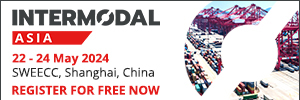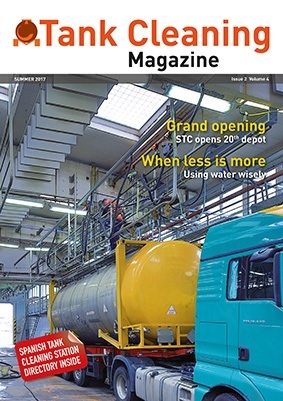
Volume 4, Issue 2
Published: July 21, 2017
Who is ANLIC?
The National Association of Interior Tank Cleaners (ANLIC) was established in Spain on the basis of articles agreed amongst five tank cleaning companies, the founding members of the association. At present,...
Challenging illegal activity in tank cleaning
The foundation of Lavados Peña goes back to the beginning of the 1960s, when Don Lorenzo Peña Martín abandoned the world of logistics to offer maintenance services to other’s...
Grand opening
In April, Stolt Tank Containers (STC)officially opened the Fusion Stolt Tank Services (FSTS) depot in Laem Chabang, Thailand. STC’s global network of depots now consists of 20 facilities, each providing...
Automated system concepts
Interior cleaning of transport, storageand production containers in the chemical industry can only take place efficiently in compliance with applicable standards and depending on individual conditions....
Conventional tank cleaning under pressure
Nearly all deposits in tankers,containers, and tank wagons can be removed by high-pressure water. Conventional cleaning of containers and tanks of all types is in many cases very time consuming and the...
Making sense of it all: Process measuring Improving performance
The tank cleaning industry today are scrambling to identify the most important measurements they can use to ensure that tank containers get a good cleanand their organisations continue to grow. In fact,...
Investing, inviting and innovating
Car- & Truckwash (CTW) is a respected Belgian partner for the tank cleaning industry, with more than 30 years of technical knowledge and experience alongside a wealth of successfully realised projects...
Preventing accidents
The primary stated goal of any company is the welfare of its employees and the greater public. Of course it is. The company also needs to make money, satisfy shareholders, meet customer needs and be quick...
When less is more
Our home planet carries an unusual name, considering that 72% of its surface is not covered with soil but with water. However, only a tiny fraction of this huge amount, namely 0.3%, can directly be used...








